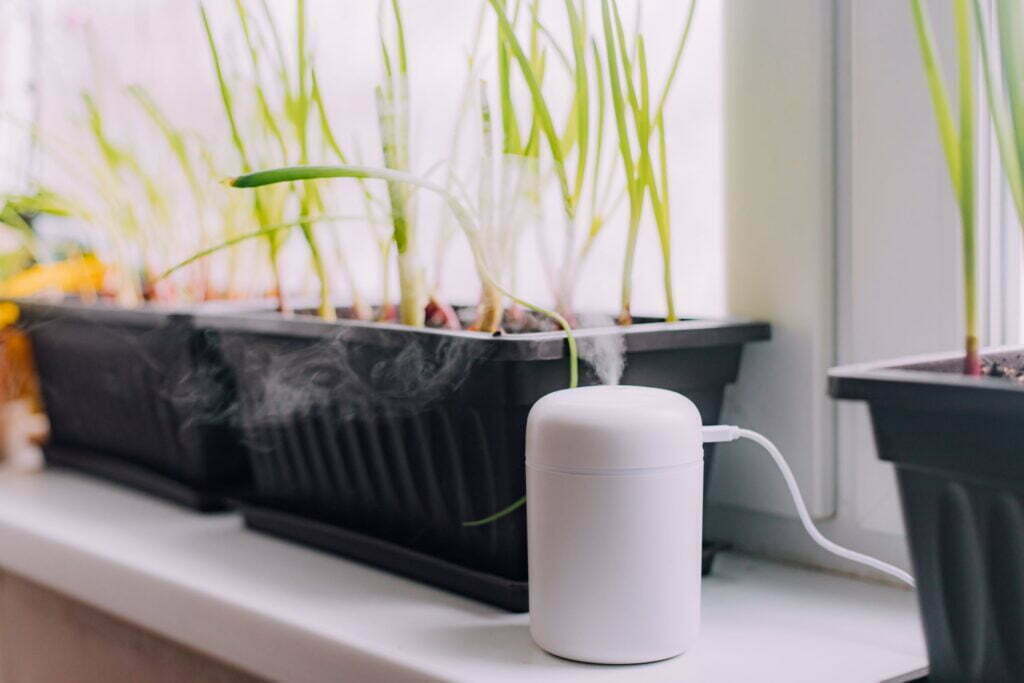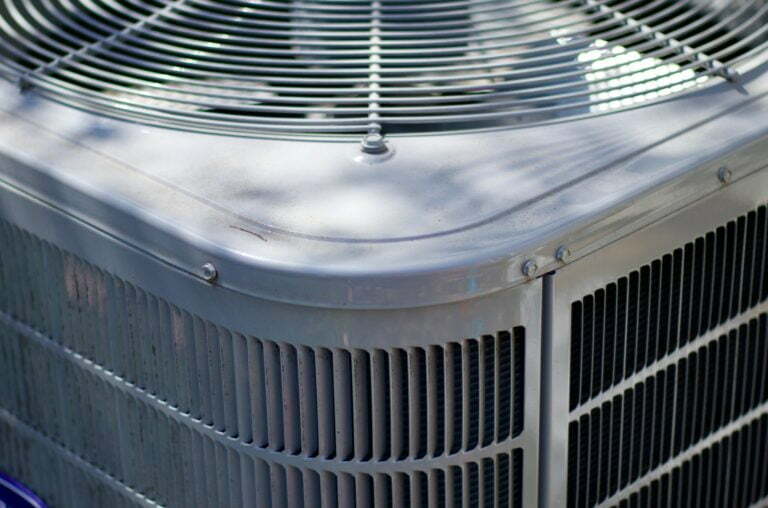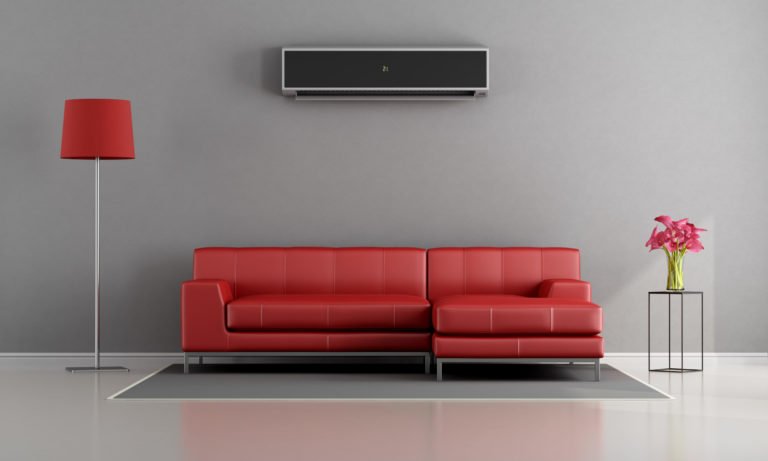Do you know the signs of poor indoor air quality in your home? You might be surprised to learn that some of the things you consider normal could actually be signs of a bigger problem. Keep reading to learn more about the signs of poor indoor air quality and what you can do to improve the air in your home.
Worsening Allergy Symptoms

If you or a family member have allergies, you may notice that your symptoms seem to be getting worse. You may be sneezing more, your eyes may be watering more, and you may be feeling more congested. All of these are signs that your indoor air quality is poor and that you need to take steps to improve it.
There are a number of things that can contribute to poor indoor air quality, including dust, mold, mildew, and pet dander. If your home has poor air quality, these things can circulate and build up to make your allergies worse. To improve your air quality and reduce allergy symptoms, you need to clean your home regularly and make sure that it is well-ventilated. You could also change your air filters regularly to help reduce the particles floating around in the air.
Chronic Respiratory Issues
Chronic respiratory issues are another one of the signs of poor indoor air quality in your home. If you or a family member have chronic asthma, chronic bronchitis, or other respiratory problems, it could be due in part to the air quality in your home. As you breathe allergens and other pollutants in on a regular basis, these things can settle in your lungs and cause numerous health problems.
If you suspect that the air quality in your home is affecting your health, there are a few things you can do to improve it. First, you can invest in an air purifier with a HEPA air filter. This will help to remove any contaminants, allergens, or volatile organic compounds from the air. Additionally, you can make sure that you are ventilating your home properly to allow fresh air to circulate.
Stuffy Indoor Conditions

One of the most common signs of poor indoor air quality is stuffiness. If your home feels stuffy, it’s likely that the air is not circulating well. A number of factors, including closed doors and windows, low ceilings, and a lack of ventilation, can cause this. Stale air is indoor air that hasn’t had enough fresh air circulating through it. Most people notice stale air because the pent-up pollutants have an unpleasant smell or make a room feel stuffy. At low levels, stale air is uncomfortable, but at higher levels, stale air can become unhealthy.
If you notice any of these signs, it’s important to take action to improve the air quality in your home. Some simple steps you can take include opening doors and windows to allow for better ventilation and using fans to help circulate the air.
Dust Buildup
A physical sign of poor air quality is the buildup of dust on surfaces in your home. This dust can come from a variety of sources, including outdoor air, pets, and human skin cells. When it builds up, it can be difficult to remove and can cause respiratory problems. If your air is unhealthy, you will notice an unusual amount of dust on furniture and other items in your home as it circulates and collects on surfaces. Clean air filters and air purifiers can help to eliminate the amount of dust in your home.
Poor indoor air quality can have a negative impact on your health, causing various symptoms such as headache, fatigue, and respiratory problems. Additionally, you might notice excessive dust, increased allergy symptoms, and stuffy, stale air if you have an air quality issue. It is important to take measures to improve your home’s air quality for the health and well-being of your family and home.




